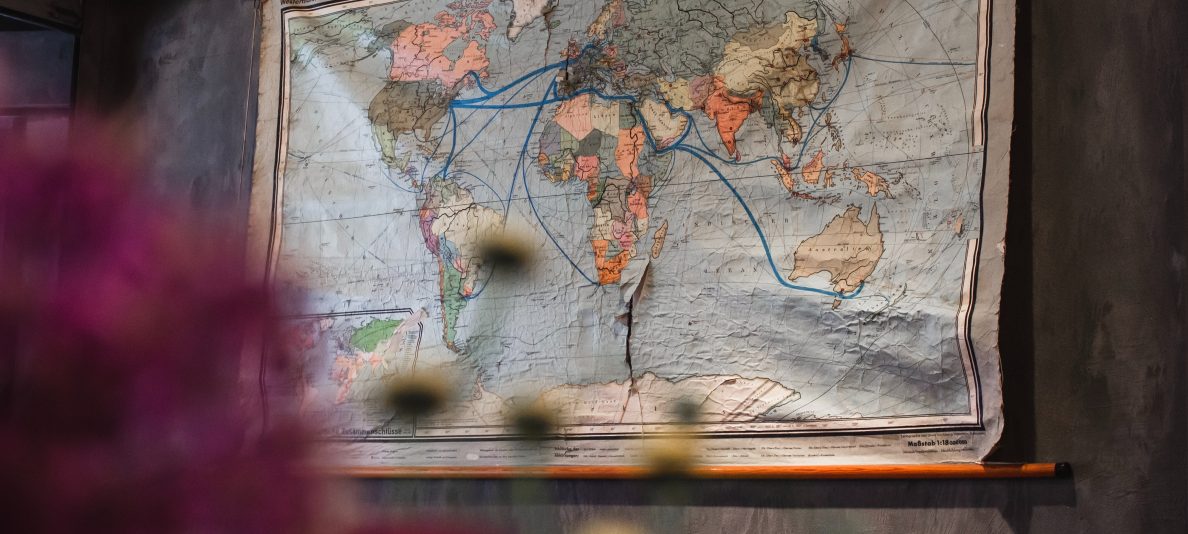Chris Jordan produces some really big artwork to represent some really big numbers. For example, this first piece below “depicts 92,500 agricultural plant seeds, equal to one hundredth of one percent of the number of people in the world today who suffer from malnutrition.”

This next one “depicts 240,000 plastic bags, equal to the estimated number of plastic bags consumed around the world every ten seconds.”

And this one “depicts 270,000 fossilized shark teeth, equal to the estimated number of sharks of all species killed around the world every day for their fins.”

All are part of the collection “Running the Numbers II: Portraits of Global Mass Culture.” Click on the thumbnails above and you’ll go to Jordan’s site, where you can see what makes these images so interesting. By clicking on the selected photos there, you’ll zoom all the way in to see the tiny parts—the seeds, the plastic bags, the shark teeth—that make up the larger whole.
In the TED Talk below, Jordan discusses the motivation behind his work, as he talks specifically about his earlier “Running the Numbers: An American Self-Portrait,” which looks at excesses and issues in US culture, such as personal bankruptcy, deaths caused by smoking, and the country’s high rate of incarceration.
“Now I want to emphasize that these are just examples,” Jordan tells the TED audience. “I’m not holding these out as being the biggest issues. They’re just examples. And the reason that I do this . . . it’s because I have this fear that we aren’t feeling enough as a culture right now. There’s this kind of anesthesia in America at the moment.”
Using his creative talents, Jordan’s goal is, as he says, to take “gigantic numbers” and “enormous statistics” and “translate them into a more universal visual language that can be felt.”
It makes me think about what numbers I’d like to see shown in this way, such as those representing worldwide refugees and displaced people, abortions, human trafficking, and child soldiers, to name a few. I’m sure that we each have our own list of statistics that we believe need to be heard, seen . . . and felt.
And finally, we can see Jordan’s ability to challenge and educate using more traditional images in Ushirikiano: Building a Sustainable Future in Kenya’s Northern Rangelands. This book chronicles, in words and photographs, “the Nakuprat-Gotu Conservancy in Northern Kenya, an initiative led by tribal Elders, which aims to bring peace and prosperity to a region ravaged by violence and climate change.” Go here to see over 70 stunning photos from the collection, including many beautiful portraits of Kenya’s Turkana, Samburu, Borana, and Meru people.

[all images are by Chris Jordan, used under a Creative Commons license]





